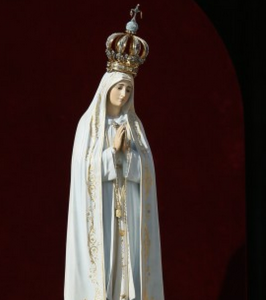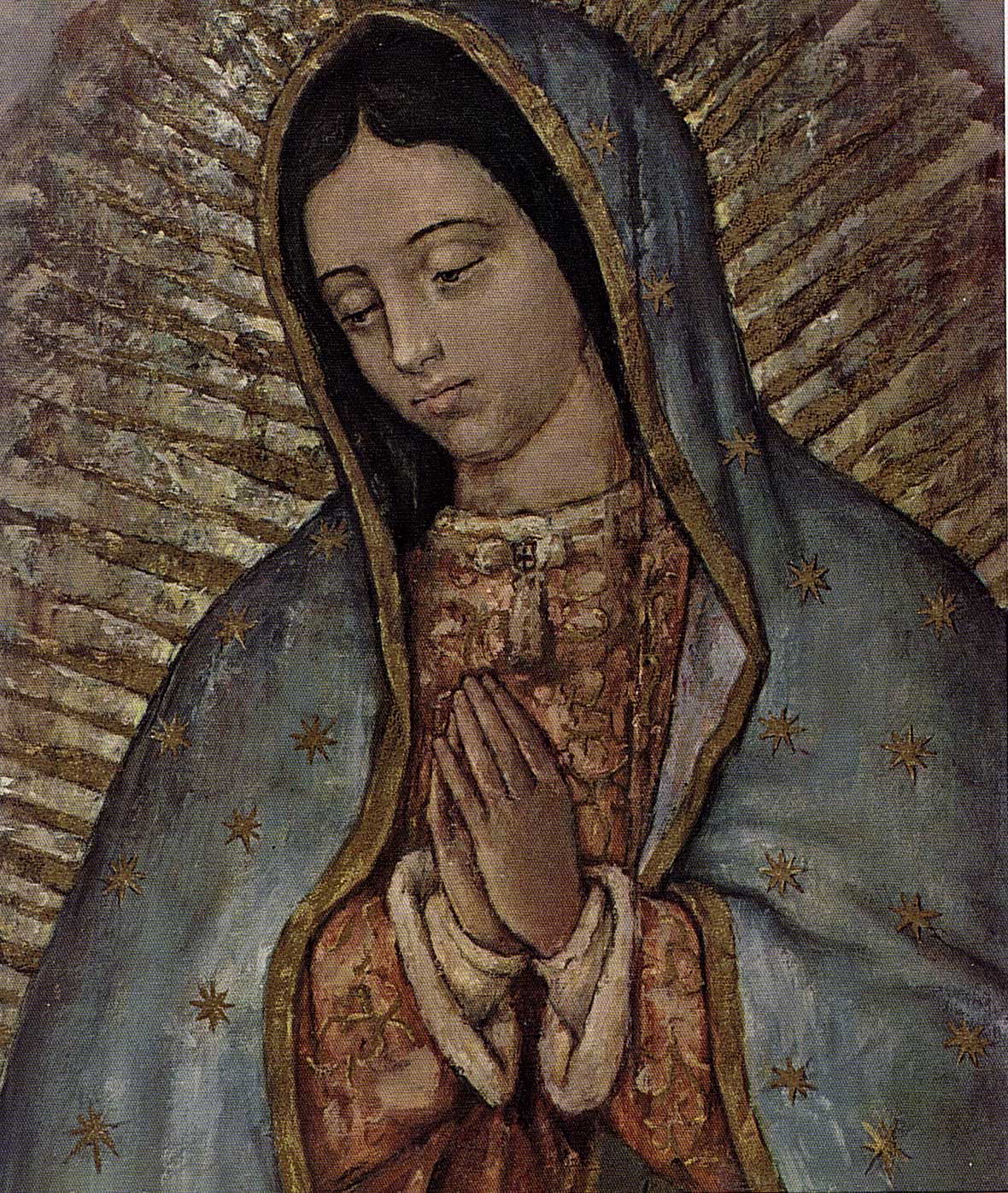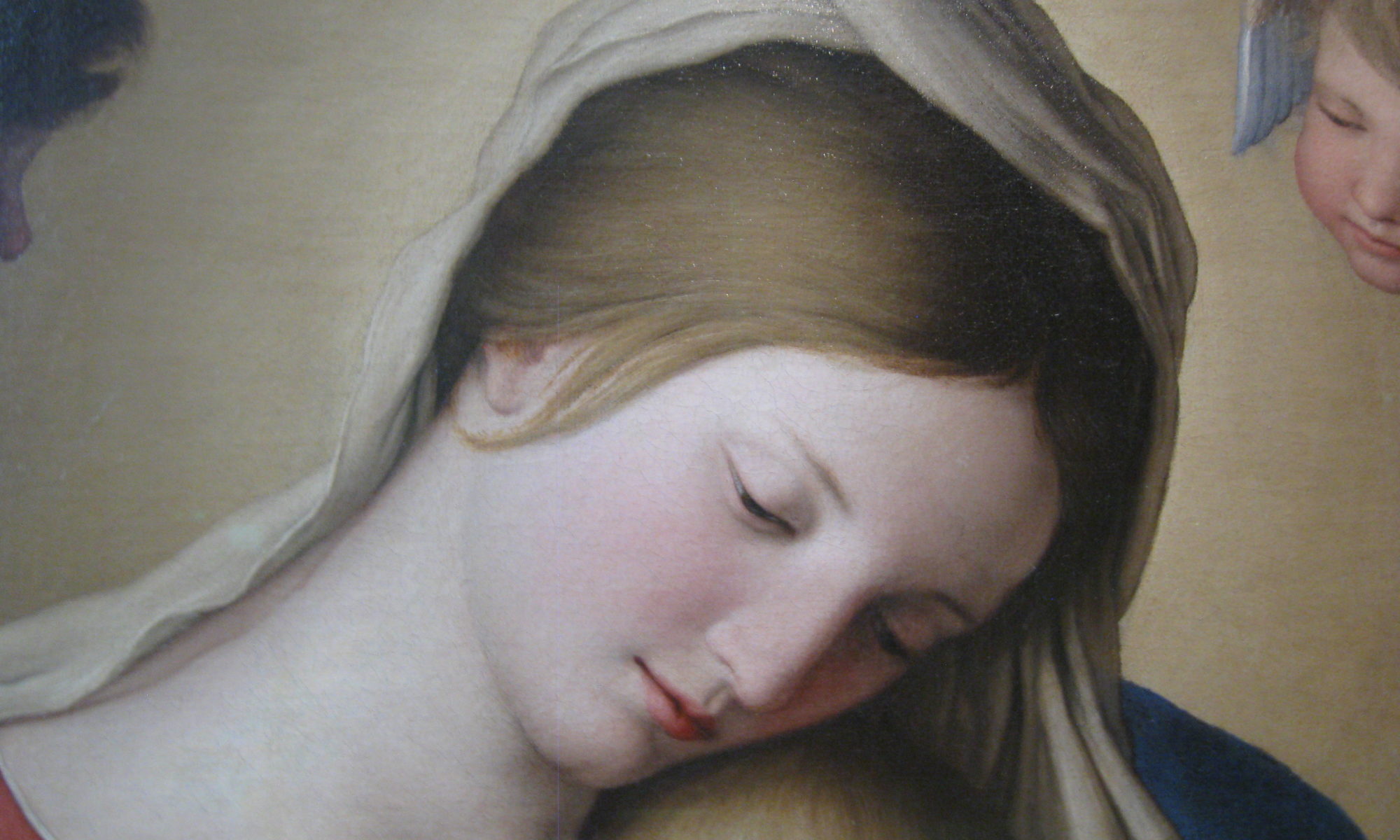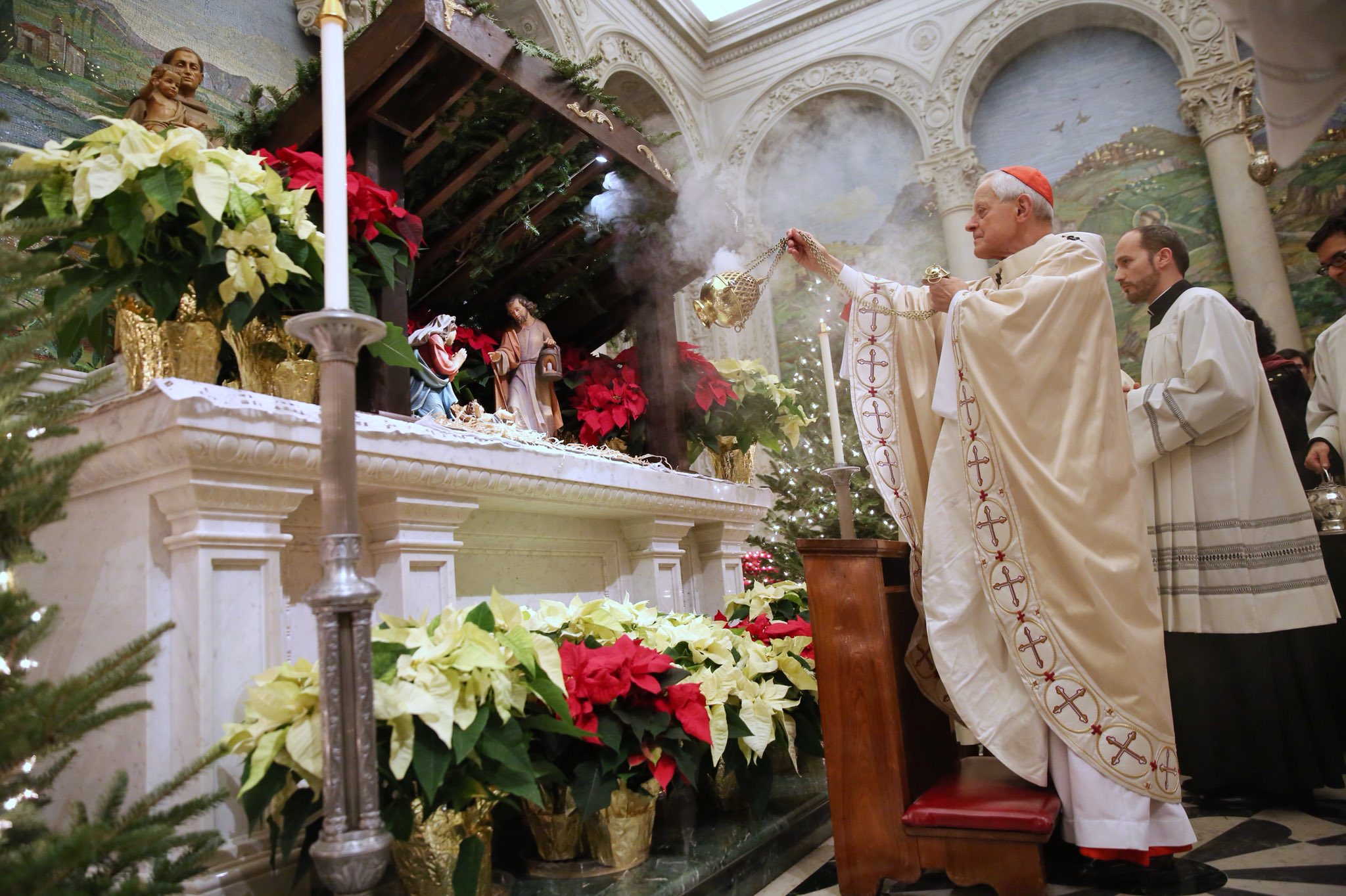 As a kind of follow-up to Monday’s post on Our Lady of Guadalupe, we do well to recall also her warnings about the need for prayer and fidelity to God. Without these we are afflicted in every way and war and destruction are our lot.
As a kind of follow-up to Monday’s post on Our Lady of Guadalupe, we do well to recall also her warnings about the need for prayer and fidelity to God. Without these we are afflicted in every way and war and destruction are our lot.
Our Lady’s warnings of the consequences if we did not pray and convert have proven to be sadly accurate. She warned of another, more terrible war (World War II). She spoke of great lights in the sky that would serve as a final warning before the terrible war. (They appeared all over Europe just before Hitler invaded Poland, in the form of a stunning display of the Aurora Borealis.) She said that Russia would spread her errors, that the Church would have much to suffer, and she warned of a pope who would be struck down.
A final and belated prophecy from Fatima seems to have come in the form of a letter written by Sister Lucia to Cardinal Carlo Caffara. He had written to her asking for her prayers as he had been commissioned by Pope John Paul II to establish the Pontifical Institute for the Studies on Marriage and the Family. The year was 1981. According to Cardinal Caffara, she wrote back with the following:
[T]he final battle between the Lord and the reign of Satan will be about marriage and the family. Don’t be afraid, she added, because anyone who operates for the sanctity of marriage and the family will always be contended and opposed in every way, because this is the decisive issue. And then she concluded: however, Our Lady has already crushed its head. [*]
Thus, from Fatima comes one accurate prophecy after another. Here we are today, locked in a terrible battle over the most basic units of any civilization: families and the marriages that form them. Fatima, the great prophecy of our time and a summons to sobriety and prayer!
Something else that has always intrigued me about Fatima is the name of the town itself. Fatima is a town bearing the name of the daughter of Mohammed; this is so stunning! Why of all places would Mary appear there? Is it just coincidence? If you think so, you have not pondered that everything about the apparition of Fatima is prophetic.
The great Archbishop Fulton Sheen, in his book The World’s First Love, reflected on its significance and posed a few questions. Please note that the book was written in 1952 and therefore some of the spellings are not the modern ones. Here are some excerpts:
The Koran, which is the Bible of the Moslems, has many passages concerning the Blessed Virgin. First of all, the Koran believes in her Immaculate Conception, and also, in her Virgin Birth … The Koran also has verses on the Annunciation, Visitation, and Nativity. Angels are pictured as accompanying the Blessed Mother and saying, Oh Mary, God has chosen you and purified you, and elected you above all the women of the earth. In the 19th chapter of the Koran there are 41 verses on Jesus and Mary. There is such a strong defense of the virginity of Mary here that the Koran in the fourth book, attributes the condemnation of the Jews to their monstrous calumny against the Virgin Mary.
Mary, then, is for the Moslems the true Sayyida, or Lady. The only possible serious rival to her in their creed would be Fatima, the daughter of Mohammed himself. But after the death of Fatima, Mohammed wrote: Thou shalt be the most blessed of women in Paradise, after Mary. In a variant of the text Fatima is made to say; I surpass all the women, except Mary.
This brings us to our second point; namely, why the Blessed Mother, in this 20th Century should have revealed herself in the significant little village of Fatima, so that to all future generations she would be known as “Our Lady of Fatima.” Since nothing ever happens out of Heaven except with a finesse of all details, I believe that the Blessed Virgin chose to be known as “Our Lady of Fatima” as pledge and a sign of hope to the Moslem people, and as an assurance that they, who show her so much respect, will one day accept her divine Son too.
Evidence to support these views is found in the historical fact that the Moslems occupied Portugal for centuries. At the time when they were finally driven out, the last Moslem chief had a beautiful daughter by the name of Fatima. A Catholic boy fell in love with her, and for him she not only stayed behind when the Moslems left, but even embraced the Faith. The young husband was so much in love with her that he changed the name of the town where he lived to Fatima. Thus the very place where our Lady appeared in 1917 bears a historical connection to Fatima, the daughter of Mohammed.
Missionaries, in the future will, more and more, see that their apostolate among the Moslems will be successful in the measure that they preach Our Lady of Fatima. Mary is the advent of Christ, bringing Christ to the people before Christ himself is born. In any apologetic endeavor, it is always best to start with that which the people already accept. Because the Moslems have devotion to Mary, our missionaries should be satisfied merely to expand and develop that devotion, with the full realization that our Blessed Lady will carry the Moslems the rest of the way to her divine Son. She is forever a “traitor,” in the sense that she will not accept any devotion for herself, bit will always bring anyone who is devoted to her to her divine Son.
A beautiful reflection by Archbishop Sheen and one we can surely hope will come to pass! Relations are much tenser between Christians and Muslims today than in 1952. But Fatima is the apparition that just keeps prophesying.
It is nothing less than astonishing that Mary should appear in a town with the name of Fatima. Surely this is no mere coincidence. As Sheen points out, Heaven does nothing without purpose. It is very clear to me that we are not to pass over this detail. “Our Lady of Fatima” has a different ring to it when we consider that Fatima is more than a place; Fatima is the daughter of Muhammad and the greatest woman in Islam. “Our Lady of Fatima” sounds and feels so different when it is heard in this context of person rather than place. It is hugely significant.
It seems clear that Mary will play an important role in the years ahead as the Muslim/Christian conflict likely grows sharper. Perhaps, as Sheen notes, she will be the bridge that connects two vastly different cultures; the common mother who keeps her children talking. Right now this connection seems little pursued, even (as far as I can tell) by the Vatican.
The Guadalupe connection – I wonder, too, if the history of Our Lady of Guadalupe presents some historical parallels to our current struggle with the Muslim world. In the early 16th Century in Mexico, missionaries had made only meager progress in bringing the Aztec people to Christ. This was a combination of the sometimes rude and cruel treatment of the indigenous people by the Spanish soldiers, and also of the fearful superstition surrounding the Aztec gods. The people were locked in with the fear that unless they fed these gods with horrific human sacrifices, their greatest god, the sun, would no longer shine.
Into this fearful and suspicious setting entered Mother Mary. The miraculous image she left in 1531 was richly symbolic. Her face is that of a mother: gentle and compassionate, unlike the appearance of the frightening Aztec gods, who wore fierce masks. Her features seem to be both Aztec and European, two cultures combined in kindness and peace. Her attitude is one of humble prayer, so she is clearly not a god(dess). She is a merciful mother who consoles and prays for us. She is to be honored but not adored. The black band around her waist means that she is with child and offers Jesus to the people. Her message is about Him. The sun was the greatest of the Aztec gods, so by standing in front of it, Mary shows that she is greater than even their greatest god. To the Aztecs, the moon represented the god of darkness and death. That Mary is standing on the moon is a sign that these powers, too, are defeated by the Son she bears.
Mary brought the breakthrough. Within ten years, over twelve million Mexicans came to Christ and entered the Catholic Church.
This history is paralleled in many ways today in the current tensions with the Muslim World. In many Muslim lands today, conversions are few. Part of the reason for this is a strong aversion to the Western culture from which Catholicism comes. Many Muslims also hold grievances due to alleged American and Western “mistreatment.” Finally, a large factor is fear. In many parts of the Muslim world, leaving the Muslim faith is likely to get one killed. So, it is a combination of a wide cultural gulf, grievances, and fear that keep conversions low. All of this is not unlike the situation in 16th century Mexico.
Is Mary key to this? It took Mary to bridge all these similar gaps between the Aztecs and the Christian missionaries. Might Mary also be that bridge today when similar gaps divide people? Time will tell, but one of her greatest modern titles is “Our Lady of Fatima.” And then there is the crescent moon, upon which Mary stands in the image of Guadalupe. In modern times the crescent moon is the symbol of Islam. By God’s grace, and with love and humility, Mother Mary of Guadalupe was victorious in overcoming the false religion of the Aztecs.
Might this crescent moon on which Our Lady of Guadalupe stands also point to our times and the crescent moon of Islam? Might it indicate that her victories, by God’s grace, are not at an end? Perhaps we can hope that what our Lady of Guadalupe was to the Aztec people of Mexico, Our Lady of Fatima will be to the Muslim people of the world.
As always, I invite your comments and answers to my questions.
Here is “Immaculate Mary,” sung in Arabic:







